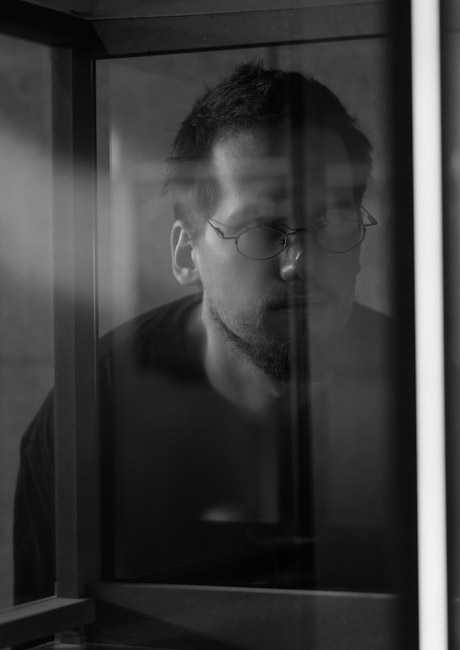
KU Eichstätt-Ingolstadt
Am Marktplatz 2
85072 Eichstätt
Nikita.Sazonov@ku.de
Nikita Sazonov is a philosopher, artist, and curator. His thinking is primarily oriented toward speculative philosophy and ontology, as well as posthuman ecologies, cartographies, and politics. Nikita co-founded the Posthuman Studies Lab — a post-disciplinary research platform that unites scientists, artists, and philosophers in the complex rethinking of the ecological and political legacy of post-Soviet territories. The lab’s core projectferations.world is continuing research on the issue of injured territories of current war and political contflicts on post-soviet territories? Ferations.world was presented and supported by various artistic and research institutions, including the Creative Europe Foundation, Quo Artis, Ars Electronica, the University of Barcelona, The New Centre for Research and Practice, University of Vienna, and many others.
Unifying Places: Soviet Cartographical Practices of Nature Transformation
The proposed PhD thesis is dedicated to the research of the unity of places from the cartographical perspective, with a focus on the practices of place mapping, scaling, and locating. On the one hand, the creation of maps can be seen as one of the fundamental practices through which humans relate to places, and as an epistemological framework for forming the identity of places. On the other hand, it is crucial to show that cartography encompasses more than practices of mapmaking; the cartographical vision often corresponds to the material transformation of places according to mapped abstractions. Speaking historically, such “material cartography” rarely consists in peaceful actions; rather, it leads to destructive consequences and sometimes creates non-places. My investigation of the project of Soviet Nature transformation aims to show the limits of material cartography. One of the most radical practices of material cartography in the XX century, the project continued to have disastrous consequences in the XXI century. The Soviet Nature Transformation of the 1940s-1960s embodied radical ideas of the USSR as a union — a unity of places. I will explore how far the transformation of place can go; how cartography can replace and displace places; and in which ways the places themselves can resist the power of unifying transformation. By doing so, I hope to demonstrate the significance of folk cartography that historically developed as an alternative to the abstractions of imperial cartography. Throughout the course of its past and contemporary history, folk cartography has paid attention to the unique situatedness and design of places. Studying the case of folk cartography can help us develop epistemological perspectives and research methodologies to investigate the aspects of a place’s own cartography that transcends human dimensionality and understanding. To demonstrate the possibilities of today’s digital folk cartography, I plan to engage the experiences of the digital platform ferations.world in my research, which I have been working on for five years now. The concept of ferations considers places as autonomous cartographic assemblages with their own visual identity and political-ideological dimension. Such feral cartography is no less powerful than powerful imperial cartographical abstraction. One of the subjects of the thesis, Sosnovsky’s Hogweed (Bärenklau, or Heracleum), is a good illustration of feral cartography. Massively overgrowing the post-Soviet territories, the plant draws its own vision of a world with no place for humans. As a feration, Sosnovsky’s Hogweed designs its own practices of mapping, replacing, and displacing other biological species, not excluding humans